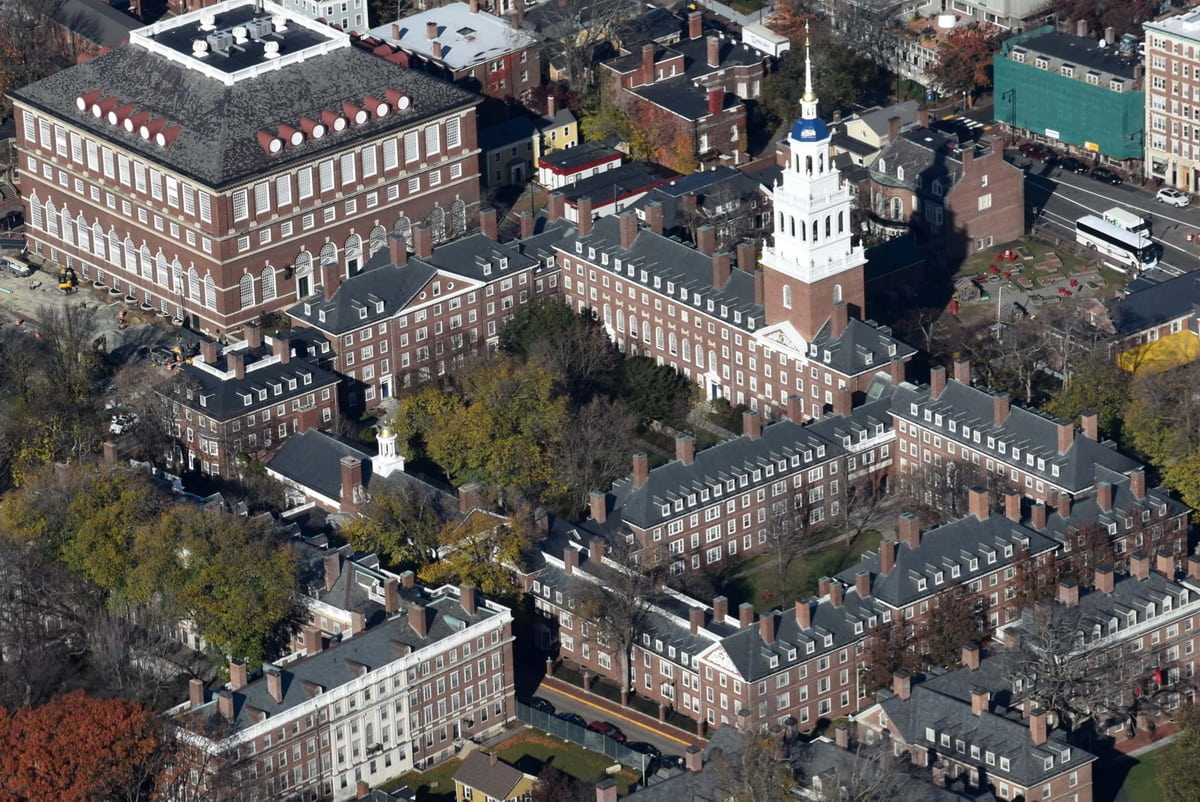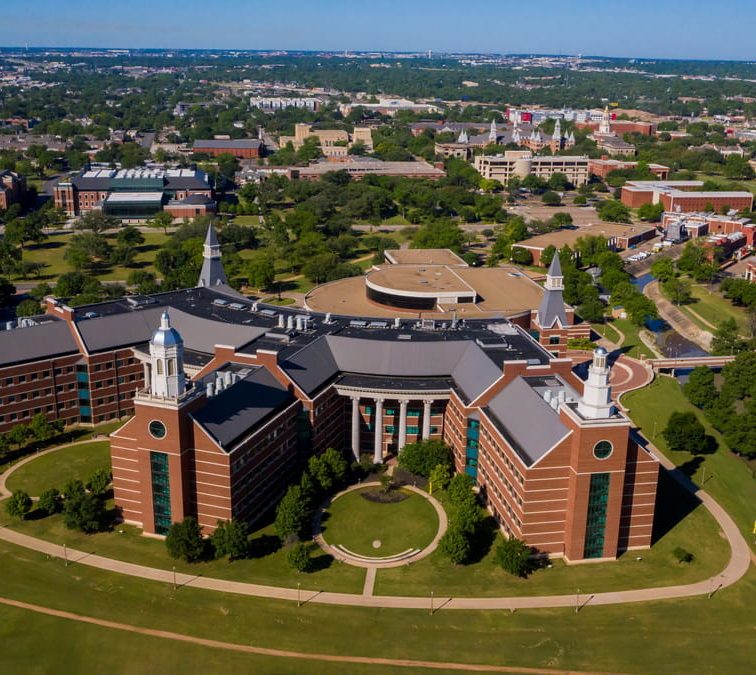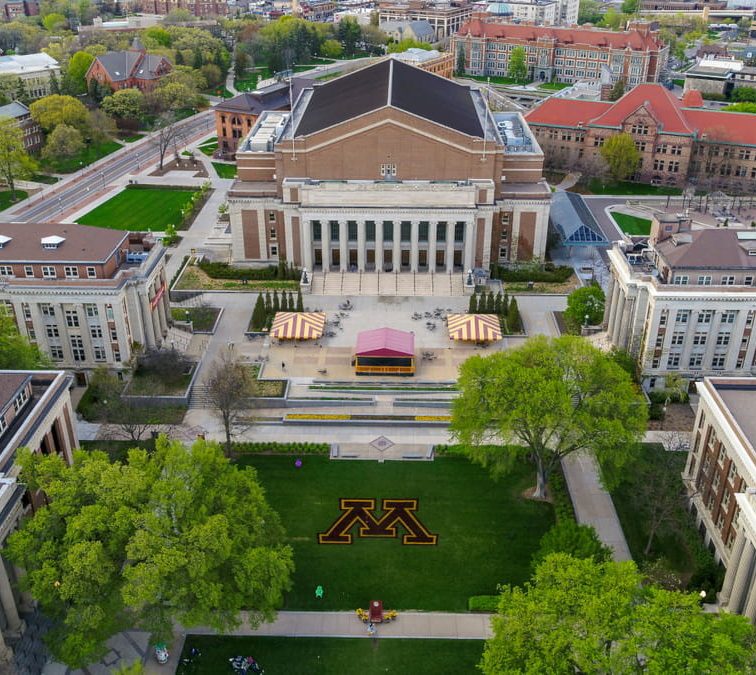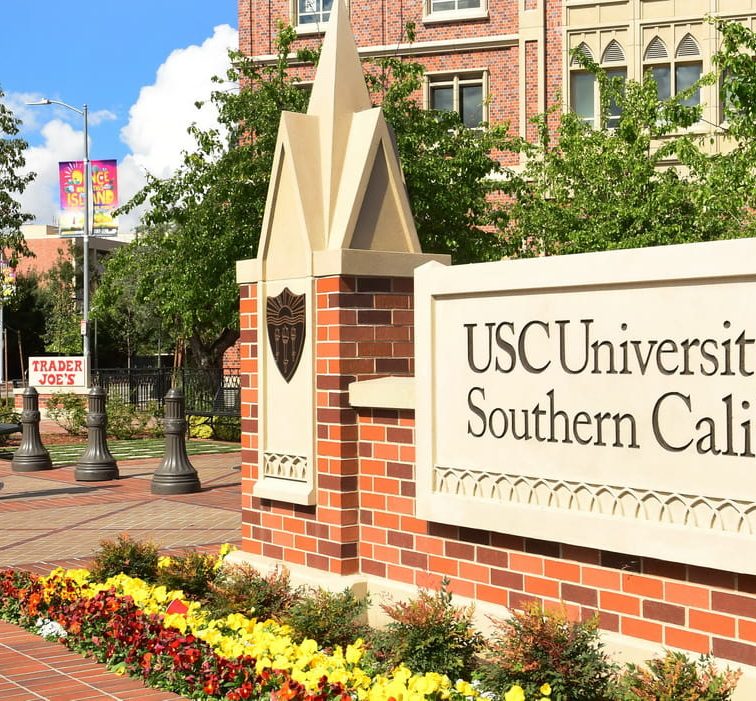Harvard University, a beacon of higher education and intellectual prowess, has a storied history that dates back to its founding in 1636, making it the oldest institution of higher learning in the United States. Nestled in Cambridge, Massachusetts, this Ivy League giant is not only known for its rigorous academic programs and distinguished alumni but also for a treasure trove of intriguing and lesser-known tidbits that paint a vivid picture of its rich past and vibrant community.
From groundbreaking research achievements to quirky traditions, Harvard’s campus is a hub of fascinating stories waiting to be discovered. Delve into the fun facts about Harvard University and uncover the unique blend of history, culture, and innovation that defines this esteemed institution.
1. Harvard’s Foundational Curriculum (1636)
Established in 1636, Harvard’s original curriculum was a reflection of the era’s educational ethos, focusing primarily on Latin, Greek, Mathematics, and Religion, aimed at preparing students for clerical and civil leadership.
Grounded in classical studies, this educational approach underscored the importance of a comprehensive understanding of ancient languages and texts, emphasizing their critical role in shaping scholarly pursuits. The curriculum, deeply rooted in the Puritan philosophy of Harvard’s founders, was designed to ensure the advancement of learning and its perpetuation to future generations.
Over time, Harvard’s academic offerings evolved significantly, transitioning from its classical origins to include a wide range of disciplines, mirroring the changing societal needs and educational trends.

Drawing of Harvard University by William Burgis, 1740. Image: Wikimedia Commons
2. Harvard’s Primal Scream
Harvard University’s Primal Scream is a biannual tradition deeply embedded in the student culture, marking the commencement of finals period with a burst of energy and liberation. Originating in the 1960s as a collective yell to alleviate stress, the event evolved by the 1990s into a streaking run through Harvard Yard at midnight on the last day of the reading period. This unique tradition sees students shedding their clothes, and sometimes donning whimsical accessories like capes, masks, or top hats, to run a lap around the Old Yard, embracing the cold of New England winters or the warmth of spring nights.
The Harvard University Band adds to the spectacle, playing lively tunes as students dash past, creating an atmosphere of camaraderie and jubilation. The event serves not just as a stress reliever but as a moment of unity among students, a chance to step outside the box before the rigors of exam period begin. Despite the variations in weather, from rainy springs to snowy winters, students participate with enthusiasm, finding the experience liberating and energizing.
3. The Porcellian Club: Harvard’s Enigma
Founded in 1791, the Porcellian Club is Harvard University’s oldest all-male secret society. Known for its exclusivity, the club selects members from the junior and sophomore classes, with notable alumni including Theodore Roosevelt. The club’s name, stemming from a humorous 1791 event involving a pig, symbolizes its rich traditions and commitment to camaraderie.
This bastion of tradition and secrecy owns a library with over 7000 volumes, reflecting its historical depth. Its clubhouse, a colonial-style mansion built in 1901, stands as a Harvard landmark, housing an extensive collection of art and memorabilia donated by members.
Criticism has touched the club for its exclusivity and lack of diversity. Over the years, it has faced calls for inclusivity, maintaining its secretive and selective nature despite societal changes.
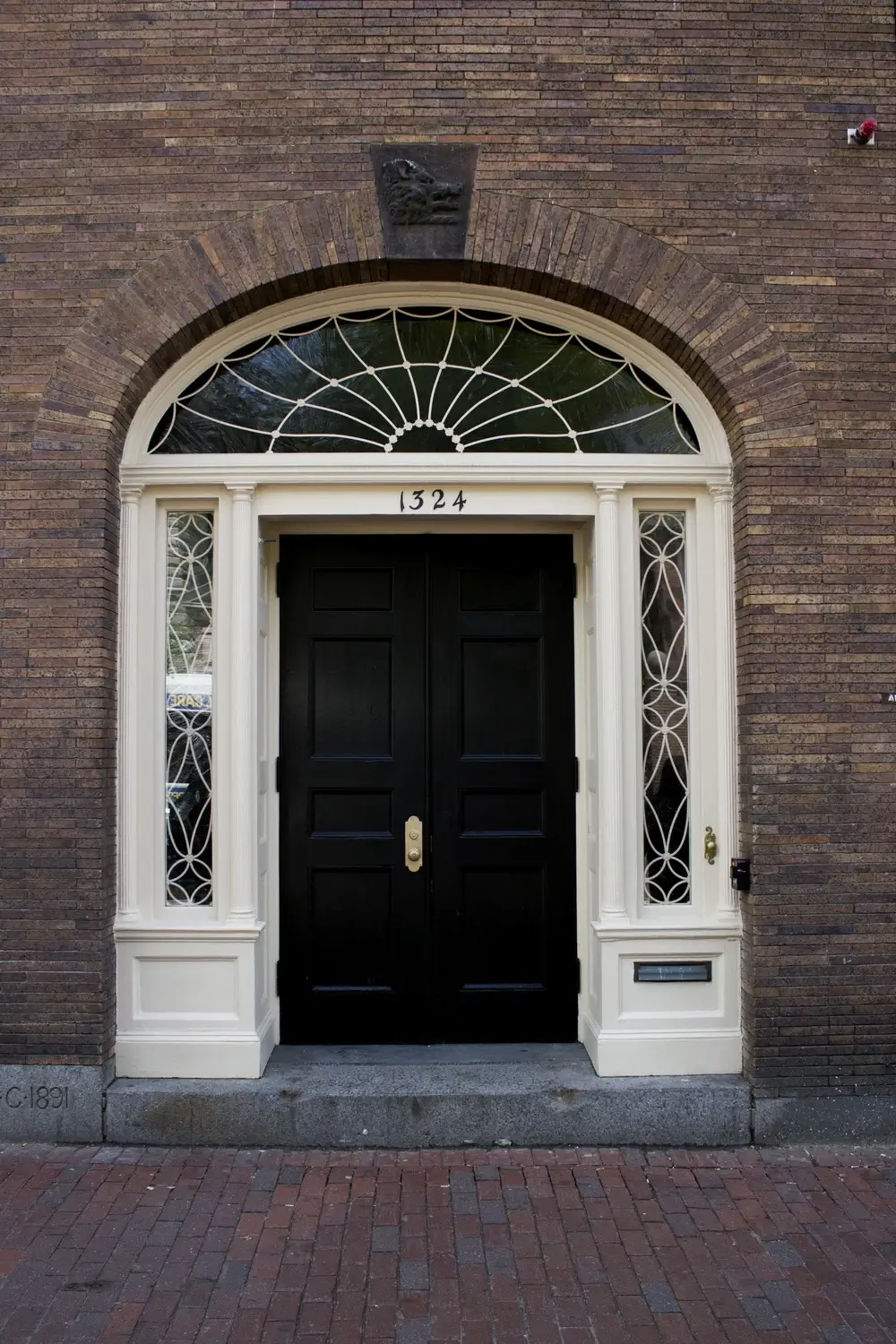
Harvard Porcellian Club entrance. Image: thecrimson.com
4. The Creation of Facebook
In the early 2000s, the digital landscape was ripe for a revolution, and Harvard University would be the birthplace of a phenomenon that reshaped global communication. In February 2004, Mark Zuckerberg, alongside Eduardo Saverin, Dustin Moskovitz, and Chris Hughes, launched Facebook, a platform initially designed to connect Harvard students. The project, conceptualized in Zuckerberg’s dorm room, quickly transcended its academic confines, heralding a new era in social networking.
Facebook’s origin story is a testament to innovation and audacity. Zuckerberg, already known on campus for his previous project, Facemash, leveraged his programming skills to create a platform where students could create profiles, upload photos, and connect with fellow students. The website’s membership was soon extended to other Ivy League schools, and by the end of 2004, Facebook boasted 1 million users, a milestone that attracted significant investment, including a crucial $500,000 from Peter Thiel.
This rapid expansion underscored the platform’s potential beyond collegiate networks, leading to its availability to the general public in 2006.
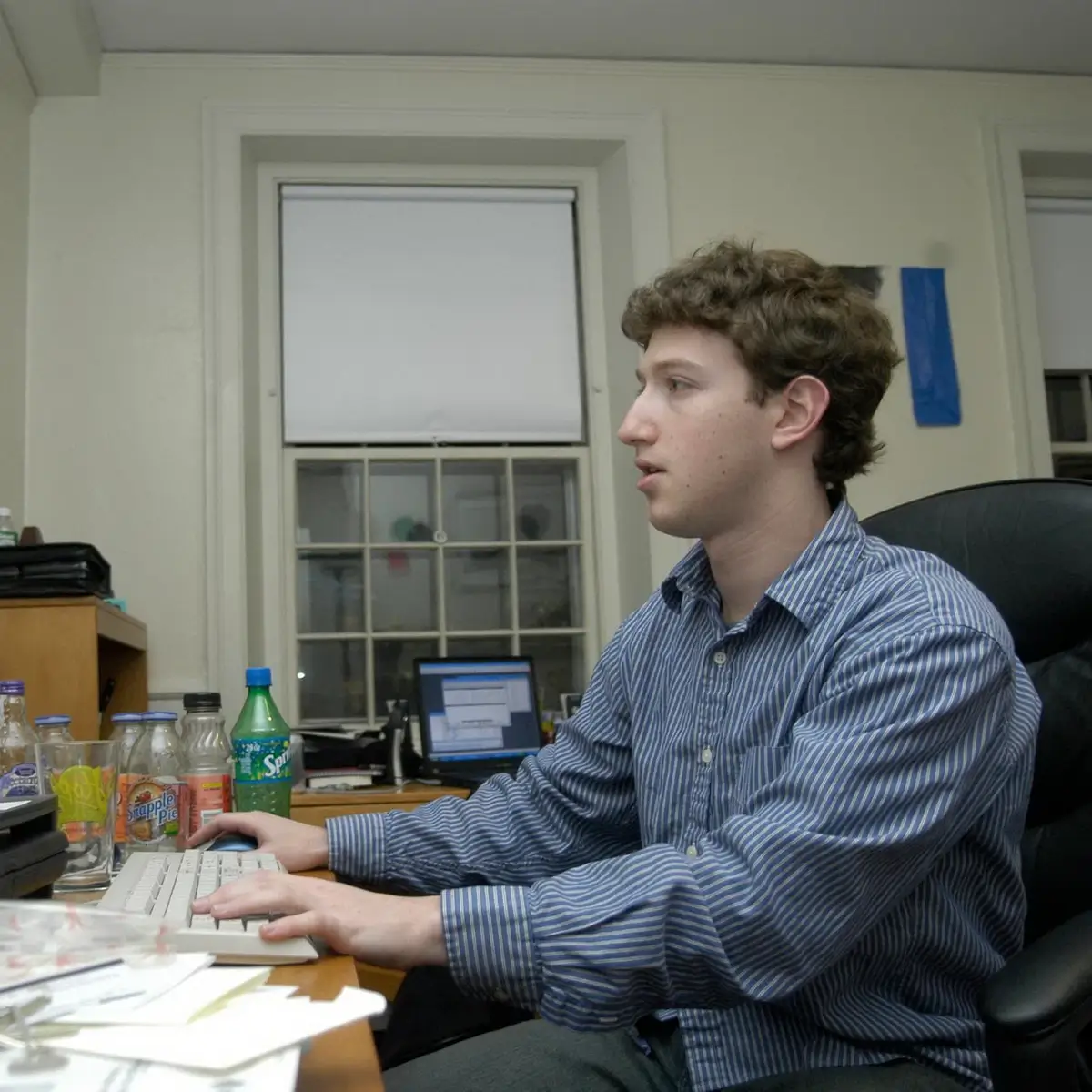
Mark Zuckerberg in his dorm room at Kirkland House, Harvard, shortly after launching TheFacebook.com in 2004. Image: wsj.com
5. First Female Students Admitted in 1920
The Harvard Graduate School of Education (HGSE) marked a significant milestone in 1920 by welcoming its first class of female students, making it the first of Harvard’s graduate schools to integrate women into its academic community. This historic move came at a time when opportunities for women in higher education were severely limited, reflecting a broader societal shift towards gender equality in academia. The HGSE’s decision to admit women was a pioneering step, not only within the university but also in the wider landscape of American higher education, setting a precedent for other schools to follow.
The inclusion of women at HGSE was part of a larger, gradual transformation at Harvard University towards recognizing and addressing gender disparities. Before this, Harvard’s doors were primarily open to male students, with women often relegated to peripheral roles within the university’s ecosystem. The establishment of Radcliffe College in 1894, which offered women instruction by Harvard professors, was a significant but separate development in women’s education at Harvard. However, it wasn’t until 1920 that women were formally admitted to one of Harvard’s own graduate schools, marking a critical step towards full academic integration.
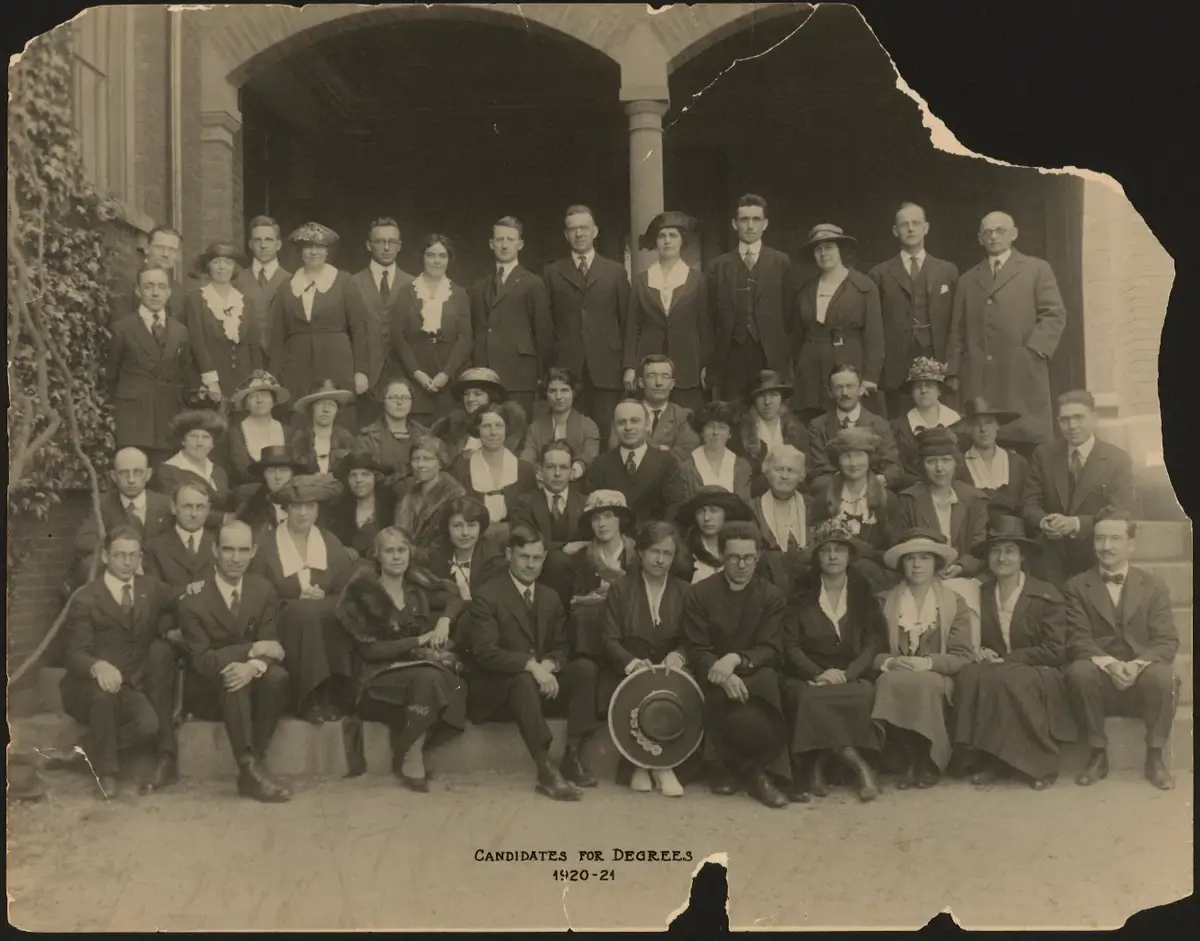
HGSE first graduating class: 1920-1921. Image: Facebook / Harvard Graduate School of Education
6. Presidential Alumni: Harvard’s Legacy of Leadership
Harvard University’s distinguished alumni include eight U.S. Presidents, underscoring its significant impact on American leadership. This illustrious list showcases individuals who have not only shaped the course of American history but also exemplify the university’s commitment to excellence.
- John Adams and John Quincy Adams set the early precedent, with the former serving as the nation’s second president and his son as the sixth. Their academic rigor and dedication to public service laid foundational values for future leaders.
- Rutherford B. Hayes, the 19th president, furthered his education at Harvard Law School, embracing the intellectual challenges and societal responsibilities that would define his presidency.
- Theodore Roosevelt, the 26th president, was known for his vibrant personality and progressive policies. His time at Harvard was marked by a wide array of interests, from natural history to advocating for women’s rights.
- Franklin D. Roosevelt, the 32nd president, focused on his social endeavors at Harvard but also cultivated a deep understanding of history and governance that would guide him through the trials of the Great Depression and World War II.
- John F. Kennedy, the 35th president, reflected on political philosophy and international affairs during his time at Harvard, which informed his visionary leadership during the Cold War era.
- George W. Bush, the 43rd president, pursued an MBA at Harvard Business School, preparing for a career that would span from business to the presidency, emphasizing the importance of leadership in both arenas.
- Barack Obama, the 44th president, stands out as the first African American president of the Harvard Law Review, a testament to his academic excellence and leadership skills that would later define his historic presidency.
Harvard’s influence on these leaders underscores the university’s role in fostering a legacy of service, intellect, and innovation that transcends the boundaries of academia into the global arena of politics and beyond.
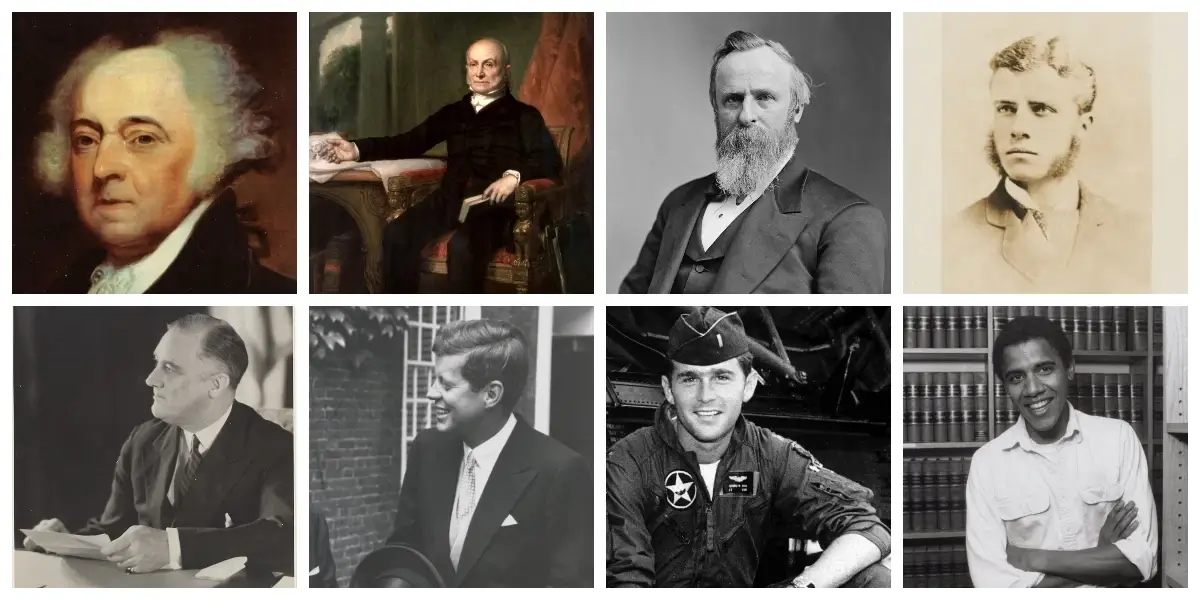
Image: X.com
7. Nobel Laureates: The University’s Beacon of Excellence
Harvard University has an illustrious history of producing Nobel laureates, a testament to its pivotal role in fostering intellectual and innovative prowess. The Nobel Prize, established by Alfred Nobel in 1895, is awarded annually in several categories including Physics, Chemistry, Physiology or Medicine, Literature, and Peace, recognizing individuals who have made outstanding contributions to humanity.
Harvard’s roster of Nobel laureates spans across various disciplines, reflecting the university’s comprehensive excellence. Notably, the field of Medicine at Harvard has seen significant contributions, such as William Kaelin’s 2019 Nobel Prize in Physiology or Medicine for discoveries on how cells adapt to oxygen availability. This work, alongside colleagues Sir Peter J. Ratcliffe and Gregg L. Semenza, has profound implications for understanding diseases like cancer and anemia, highlighting the university’s impact on medical science.
In Chemistry, Harvard’s laureates include Martin Karplus, who was awarded the Nobel Prize in 2013 for the development of multiscale models for complex chemical systems. This innovation allows for a deeper understanding of molecular processes, bridging the gap between theoretical chemistry and practical applications in drug development and material science.
Physics laureates from Harvard have made groundbreaking contributions to our understanding of the universe. Roy J. Glauber, awarded in 2005, revolutionized the quantum theory of optical coherence, paving the way for advancements in quantum computing and telecommunications. His work exemplifies Harvard’s commitment to pushing the boundaries of knowledge.
Harvard’s influence extends to the Nobel Prize in Literature, demonstrating the university’s versatility in nurturing talent across the sciences and the humanities. This breadth of achievement underscores Harvard’s role not only as an educational institution but as a global leader in research and innovation.
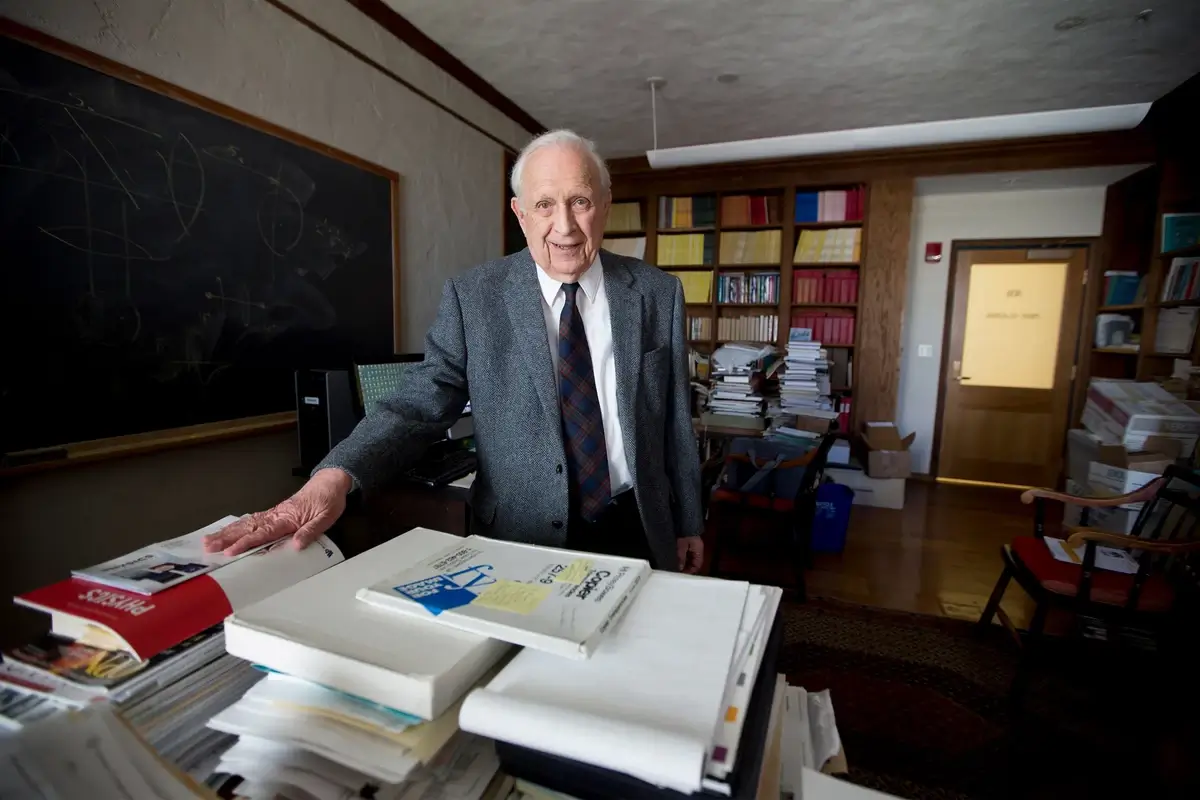
In the photo is Roy Glauber, Nobel Laureate in Physics and alumnus of Harvard University. Image: harvard.edu
8. Harvard Crimson: A Pillar of Student Journalism
Founded in 1873, The Harvard Crimson stands as a testament to the significance of student journalism, marking its place as the oldest continuously published daily college newspaper in the U.S. Independent and student-run, it has been a platform for critical discourse, shaping the university’s culture and beyond.
Transitioning from The Magenta to The Crimson in 1875 to align with Harvard’s official color, it has evolved significantly, reflecting a commitment to journalistic integrity and adaptability. From early coverage of campus news to engaging with national and international issues, The Crimson has broadened its influence, maintaining relevance in the digital era with a shift towards online journalism.
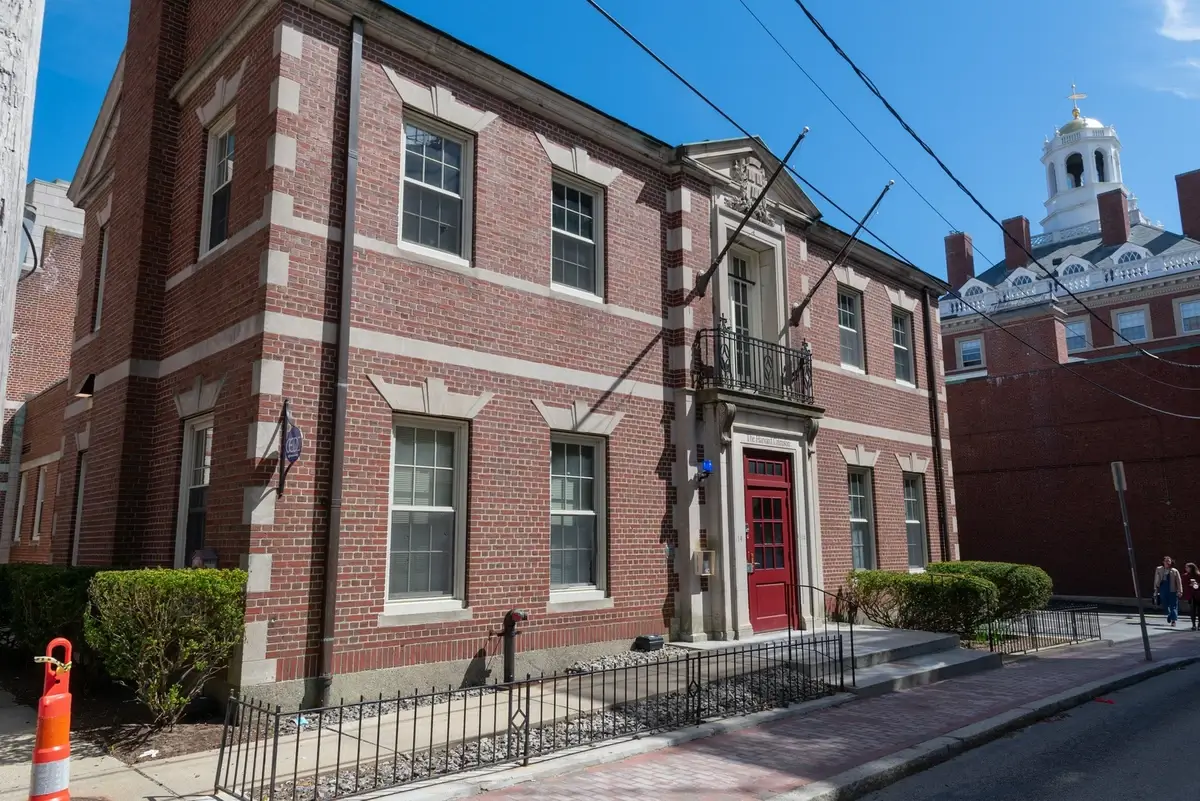
Crimson building at 14 Plympton Street. Image: thecrimson.com
9. Harvard Libraries and Museums: Centers of Knowledge and Culture
Harvard University boasts the largest academic library system in the world, encompassing over 20 million volumes across 28 libraries, including the renowned Widener Library in Harvard Yard. These libraries, such as the Houghton, Schlesinger, and Harvard-Yenching, cater to a broad spectrum of academic and research interests, offering vast resources to students, scholars, and the global academic community.
The university’s art museums, notably the Fogg Art Museum, alongside the Harvard Art Museums, Peabody Museum of Archaeology and Ethnology, and others, serve as vital centers for art and cultural education. These institutions house extensive collections that span continents and eras, fostering an environment of learning and discovery. They not only curate renowned collections but also pioneer cutting-edge research and offer educational experiences that are open to all.

Harvard’s iconic Widener Library. Image: harvard.edu
10. Harvard’s Vast Real Estate: A Legacy of Growth and Opportunity
Harvard University’s expansive real estate portfolio, encompassing 5,457 acres across Massachusetts and beyond, stands as a testament to its substantial growth and evolution from its modest beginnings. Originally established in 1636 with just a single-frame house and a college yard, Harvard has transformed into a sprawling academic and research powerhouse, its land holdings now larger than 4,000 football fields combined.
This vast expanse includes the historic Harvard Yard, the 22-acre heart of the Cambridge campus, and extends to the Harvard Forest, a 4,000-acre ecological research site in Petersham. The Arnold Arboretum in Boston adds another 281 acres of living plant museum to Harvard’s diverse portfolio. Each site serves a unique purpose, from the educational and administrative activities in Cambridge to groundbreaking ecological research and public education in Petersham and Boston.
Harvard’s real estate not only reflects its commitment to education, research, and environmental stewardship but also its role as a major community member and land manager in Massachusetts. The university’s properties support a wide range of activities, including academic programs, housing, athletic facilities, and conservation efforts, contributing significantly to its mission of fostering knowledge and serving the public interest.
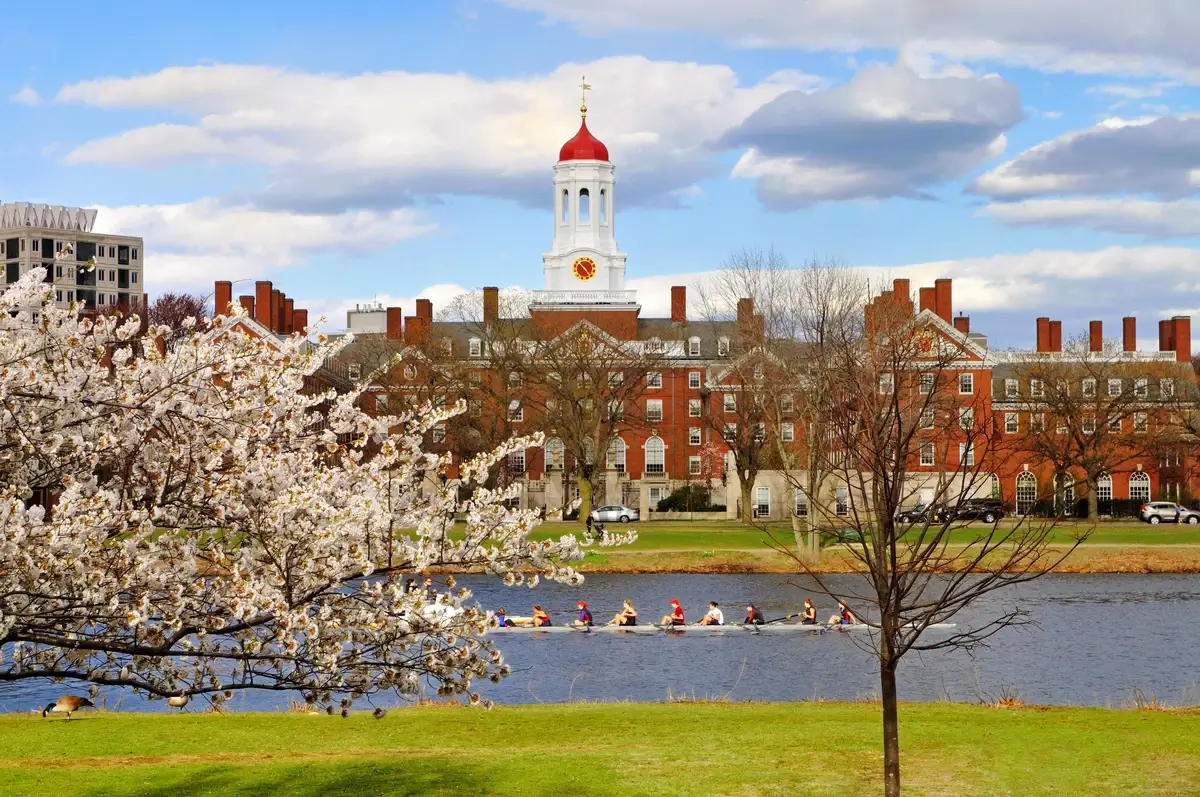
Image: musement.com
FAQ
What is Harvard university famous for?
Harvard University is renowned for being one of the most prestigious institutions of higher education in the world. It is famous for its rigorous academic programs, distinguished faculty, and notable alumni network. Harvard has a rich history of academic excellence, innovation, and producing leaders in various fields including government, law, business, science, and the arts. Additionally, Harvard is known for its vast library system, which is the largest academic library in the world, and its influential research contributions across numerous disciplines.
What are Harvard students called?
Students at Harvard University are commonly referred to as “Harvard students.” There is no unique nickname that encompasses all students across the various schools within Harvard. However, students and alumni are often called “Crimson,” referring to the school’s color and the name of its famous student newspaper, The Harvard Crimson.
Which movie stars attended Harvard?
Several movie stars have attended Harvard University, enhancing its reputation for attracting individuals from various backgrounds, including the entertainment industry. Notable examples include Natalie Portman, who graduated with a degree in psychology; Matt Damon, who attended but did not complete his degree, leaving to pursue acting; and Tilda Swinton, who attended as an exchange student from Cambridge University in England. These individuals have successfully balanced their academic pursuits with their careers in the film industry.
How many sports are there at Harvard University?
Harvard University offers a wide range of sports programs, encompassing both varsity and club sports. As of the last update, Harvard boasts 42 varsity sports teams, making it one of the institutions with the largest number of varsity sports programs in the United States. This number does not include club sports and intramural sports, which provide additional athletic opportunities for students. The variety of sports ensures that students at Harvard can engage in a broad spectrum of athletic pursuits, from traditional team sports to more individualized or niche sports.


